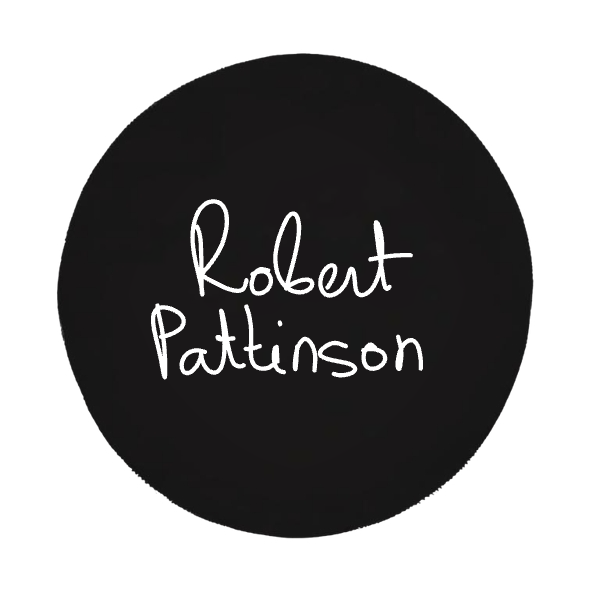Objective
To determine whether Robert Pattinson fits the ENTP personality type, using a structured analysis of his observable traits, interview behavior, role choices, and psychological patterns aligned with the ENTP cognitive function stack.
Framework: MBTI Cognitive Functions (ENTP)
- Ne (Extraverted Intuition) – dominant
- Ti (Introverted Thinking) – auxiliary
- Fe (Extraverted Feeling) – tertiary
- Si (Introverted Sensing) – inferior
Observed Traits of Robert Pattinson
- Highly playful, absurd, and contrarian in interviews
- Frequently mocks his own roles, especially Twilight, showing detachment and irreverence
- Known for making offbeat, surreal comments that blend humor and abstraction
- Selects unconventional and experimental roles (e.g., The Lighthouse, Cosmopolis, Good Time)
- Avoids traditional celebrity image; exhibits anti-authoritarian, free-spirited attitude
- Appears detached from emotion in interviews, but often uses humor to connect
- Frequently challenges norms, enjoys provoking or confusing his audience playfully
- Uses improvisation and mental experimentation in acting methods
Pattern Analysis via Cognitive Functions
Ne (Dominant Extraverted Intuition)
- Evidence: Pattinson’s verbal style is spontaneous, idea-hopping, irreverent, and imaginative. He often responds to serious questions with unpredictable thought experiments or surreal humor.
- Analysis: This is classic Ne behavior—an exploratory, divergent mental process focused on possibility, novelty, and disrupting expectation.
Ti (Auxiliary Introverted Thinking)
- Evidence: Despite his goofiness, Pattinson shows a detached, analytic approach to roles, often discussing the internal logic behind a character’s mindset. His humor has a dry, deconstructive edge.
- Analysis: Ti works in the background to evaluate information logically and often with internal skepticism. His choices reflect a custom mental framework, not external consensus.
Fe (Tertiary Extraverted Feeling)
- Evidence: He uses charm and humor to create distance or connection, often disarming interviewers. Rarely overtly emotional, but aware of audience social cues in an ironic way.
- Analysis: Tertiary Fe appears in a playful, adaptive, and inconsistent way—he can read others but prefers to twist the interaction rather than follow it sincerely.
Si (Inferior Introverted Sensing)
- Evidence: He expresses discomfort with routine, tradition, and structure. He often misremembers or dismisses past experiences, such as rejecting the Twilight franchise while still in it.
- Analysis: Inferior Si results in a skepticism toward nostalgia and tradition, preferring reinvention over repetition. He resists being tied to “what was.”
Conclusion
- Dominant Ne → Chaotic imagination, anti-conventionalism, absurdist creativity
- Auxiliary Ti → Detached reasoning, private logic, ironic intellectualism
- Tertiary Fe → Witty social performance, indirect emotional connection
- Inferior Si → Rejection of personal history, discomfort with routine, and legacy
Synthesis
Robert Pattinson embodies the mad scientist–jester archetype often seen in ENTPs. He rejects predictable fame narratives and uses a fluid mix of wit, abstraction, and experimentation to navigate his career and public life. While some mistake his aloofness for introversion, it’s clear he is externally exploratory, idea-driven, and improvisational—hallmarks of a strong Ne-Ti cognitive pairing.
***
